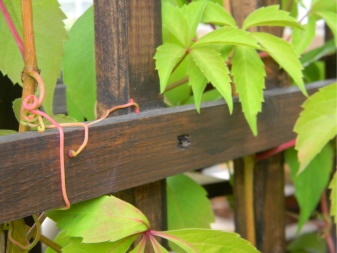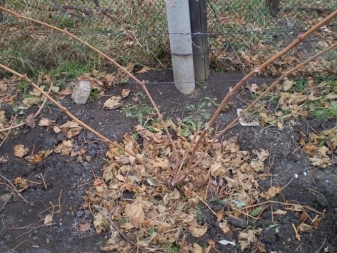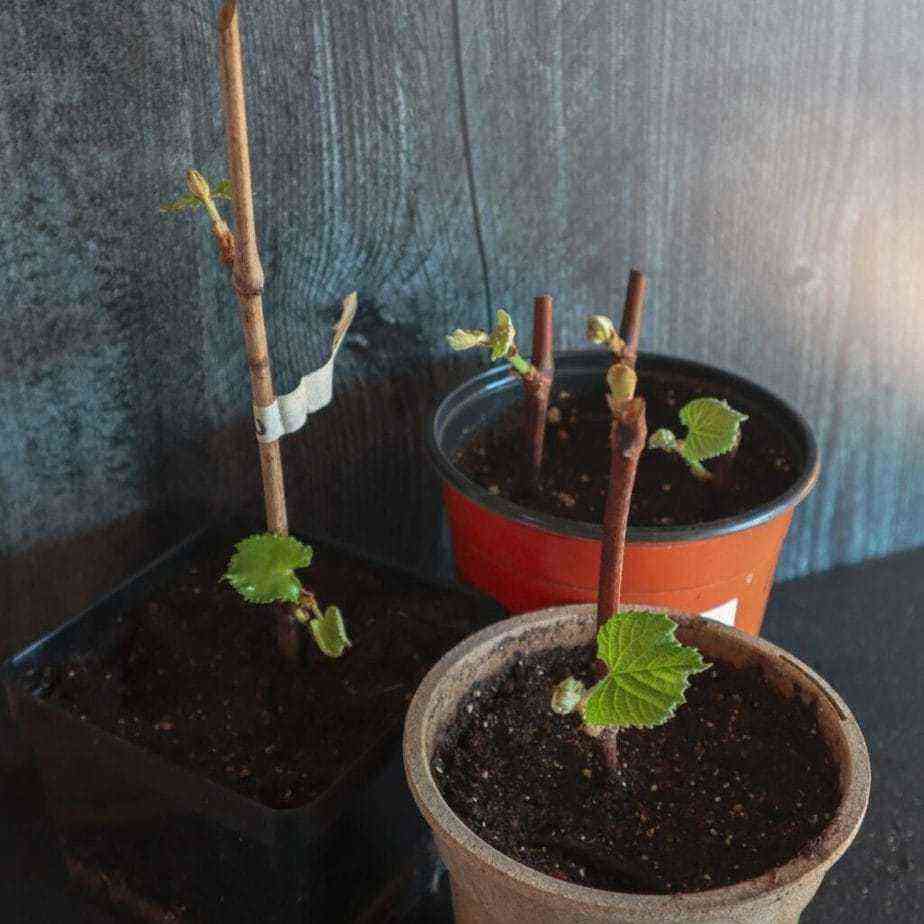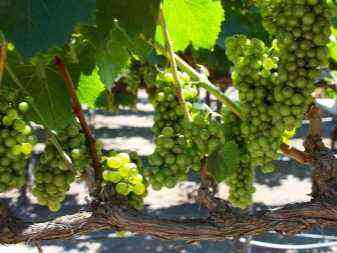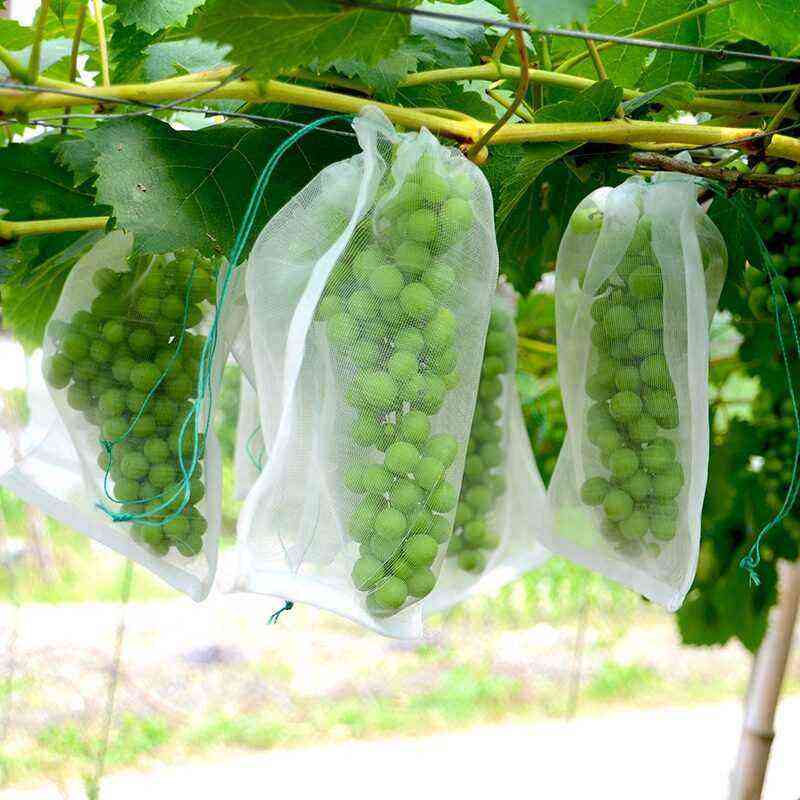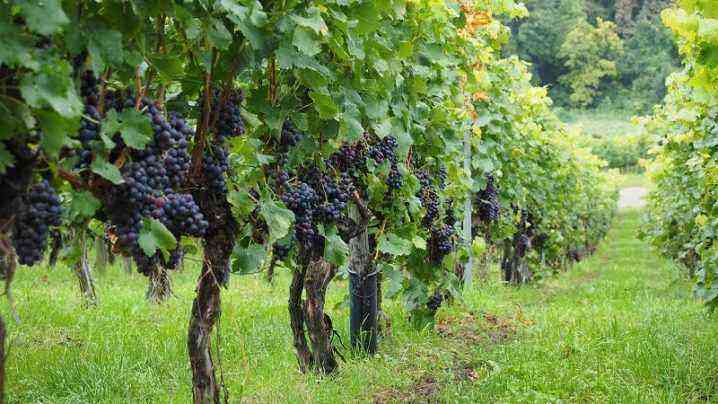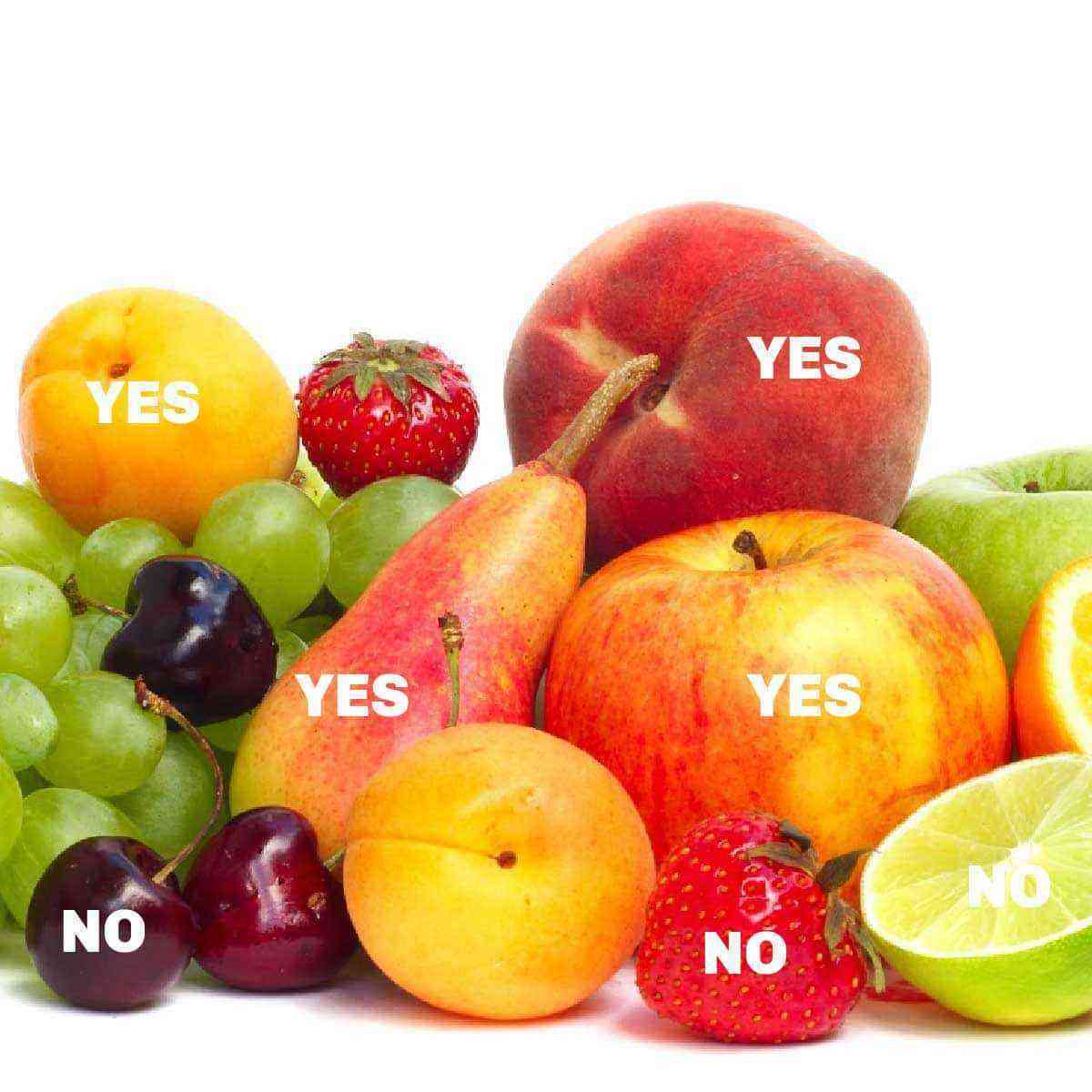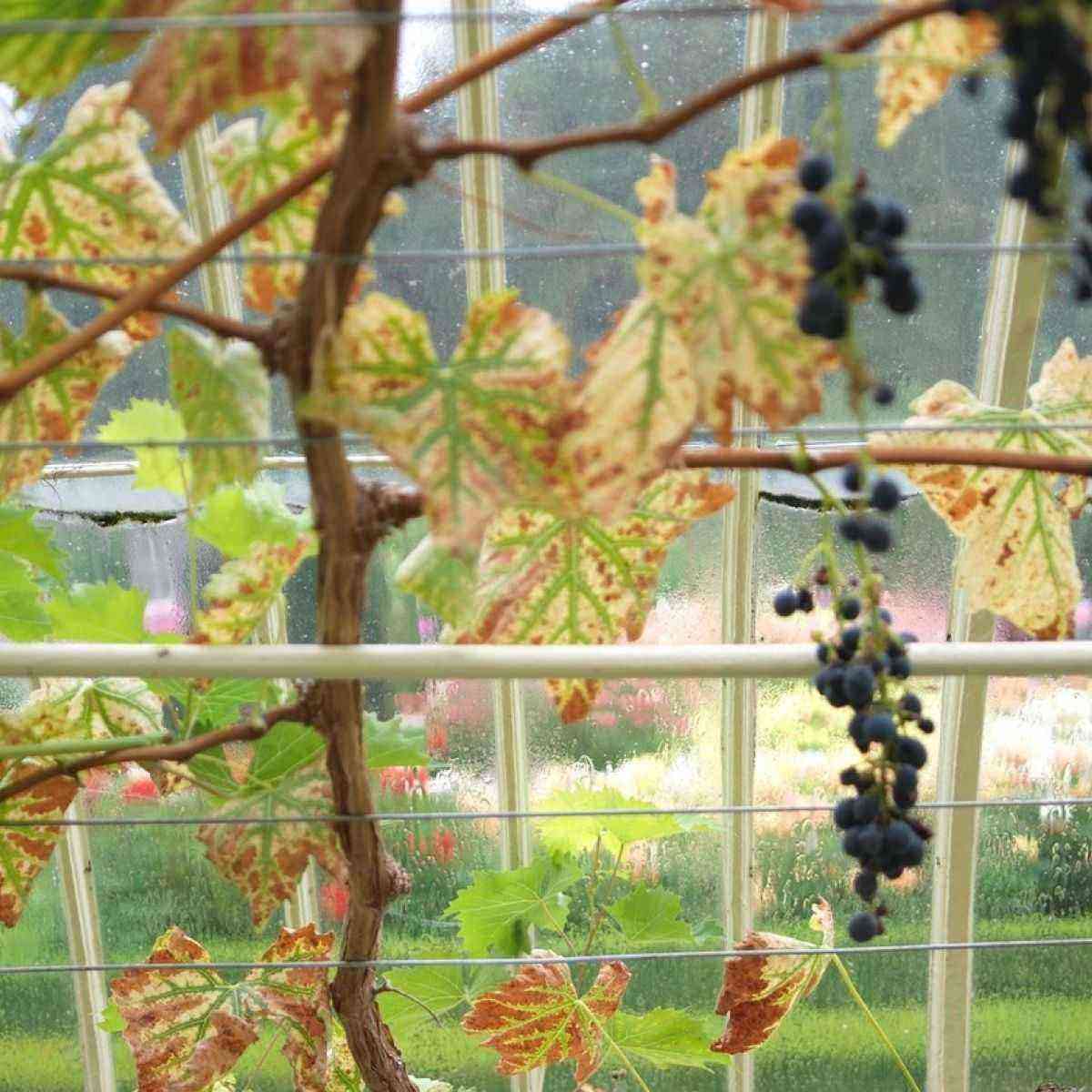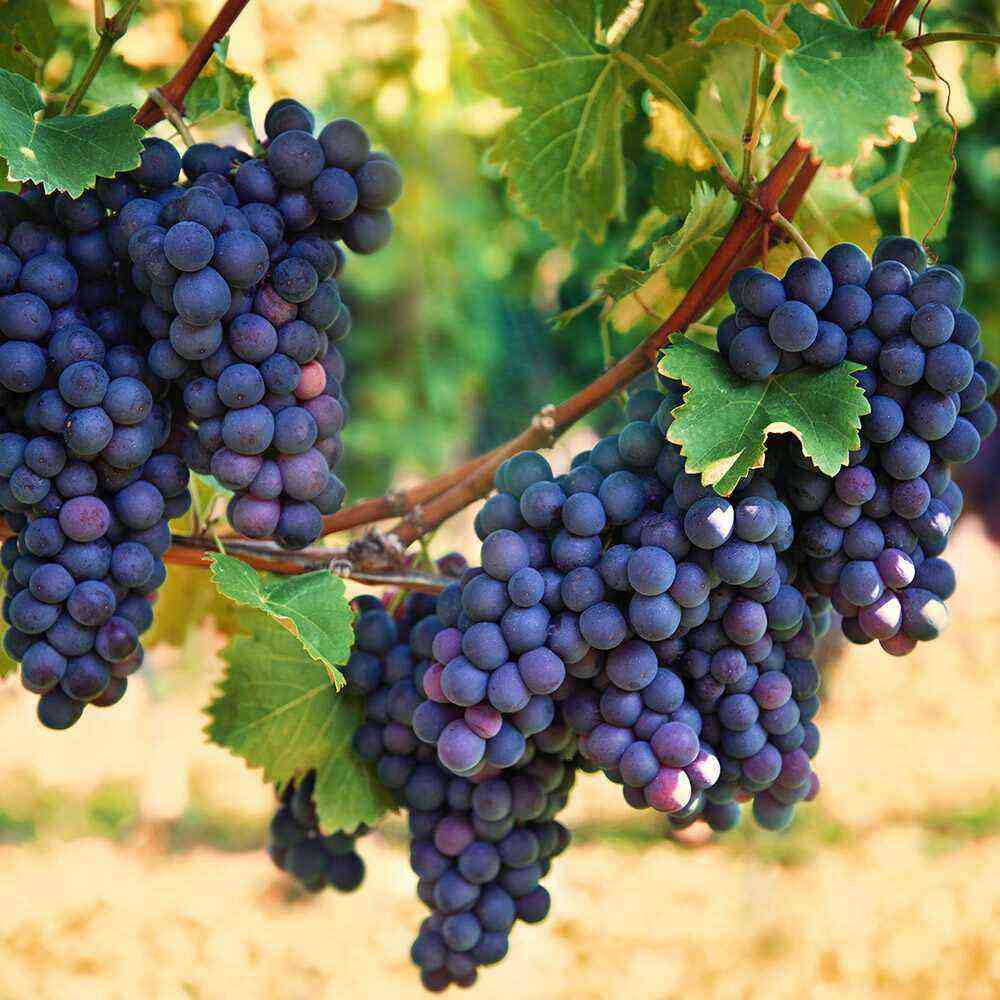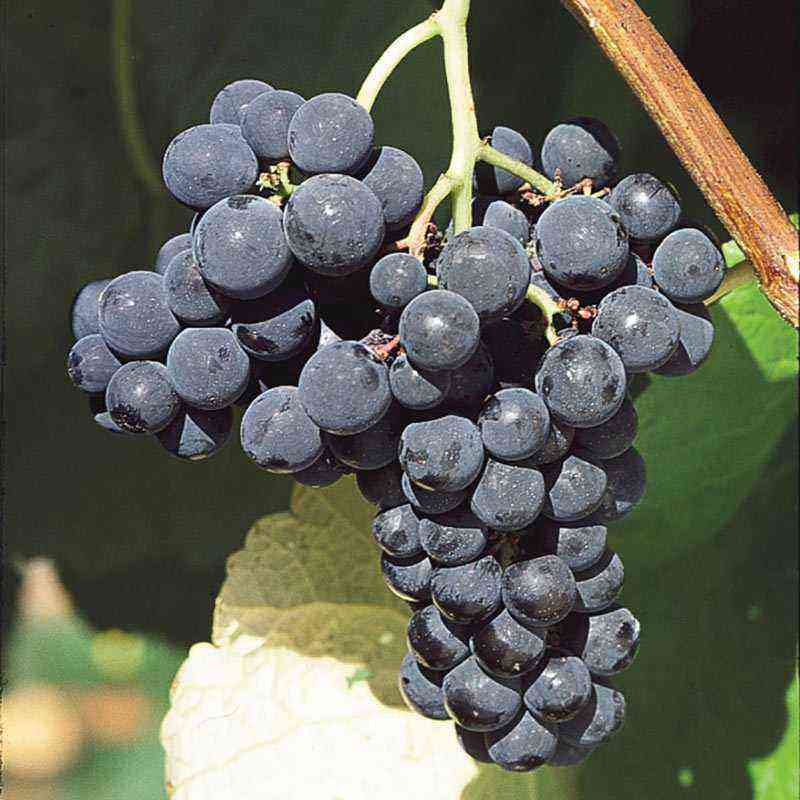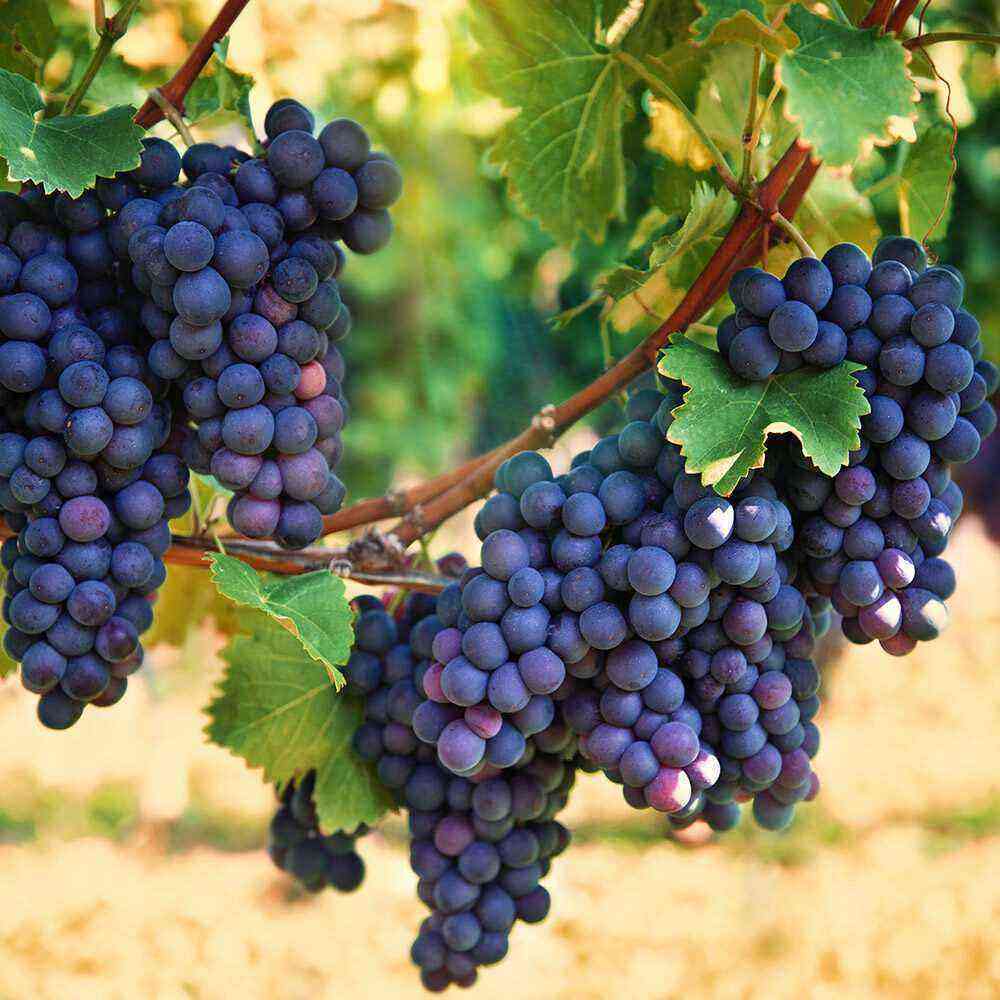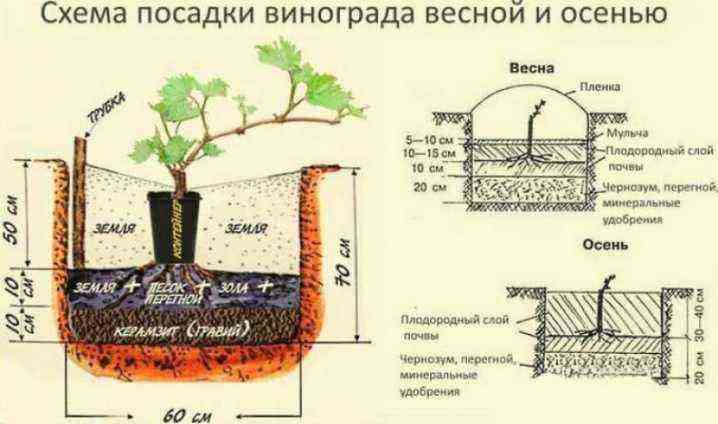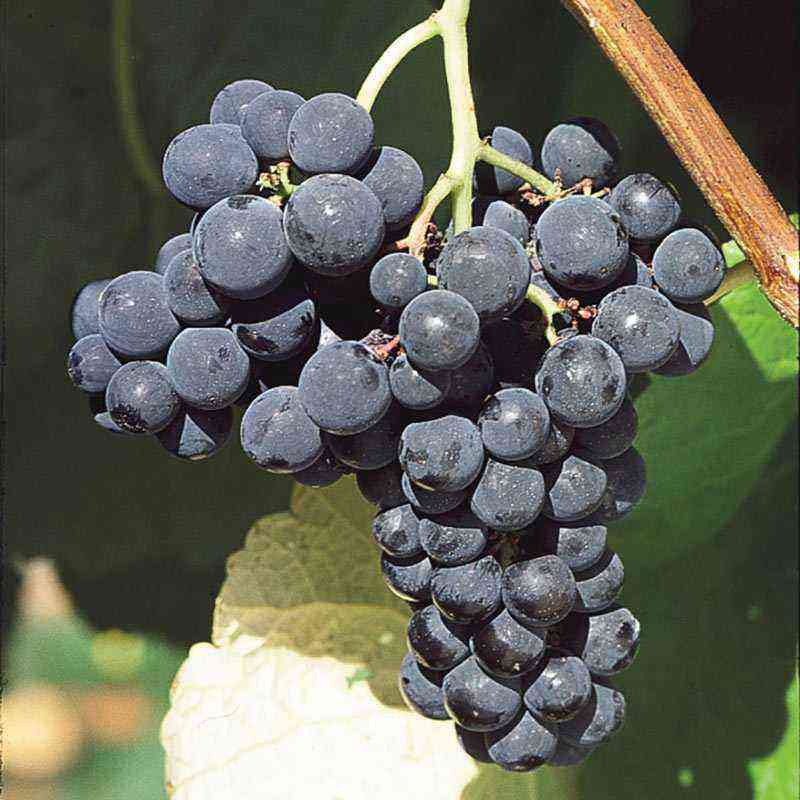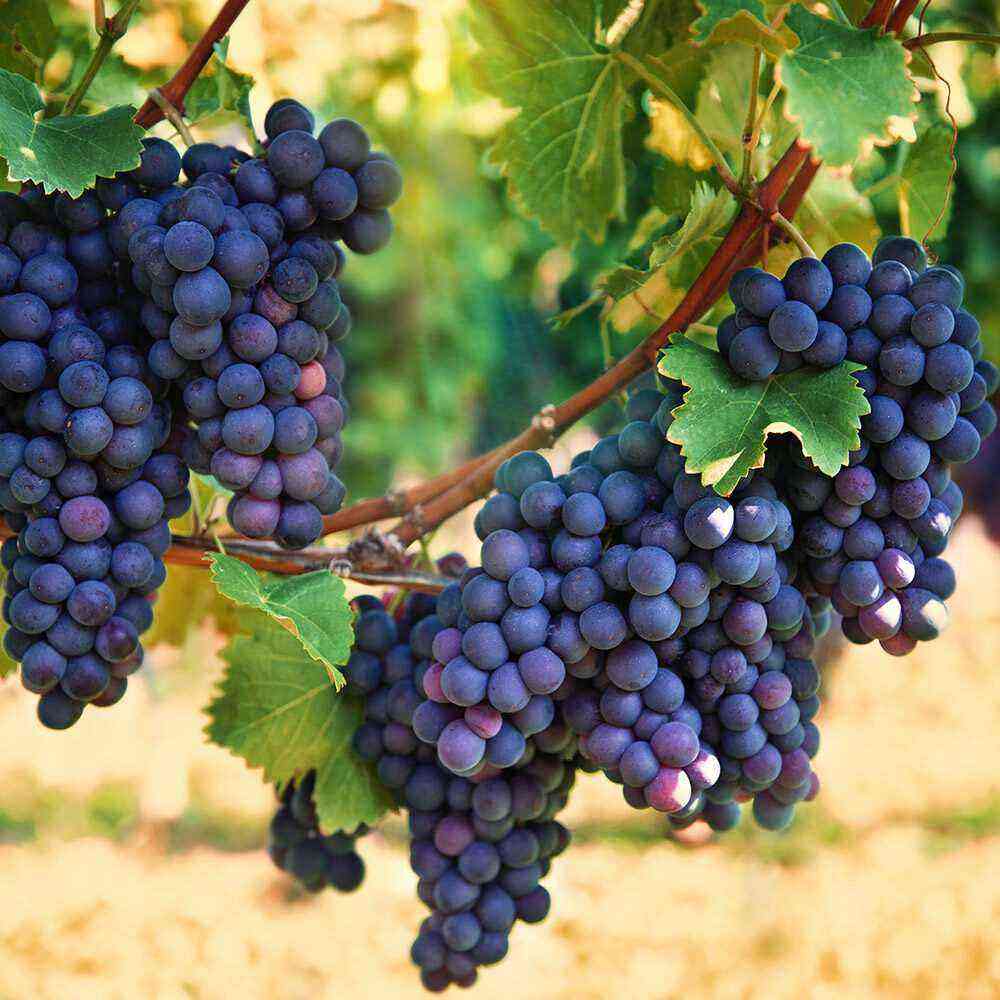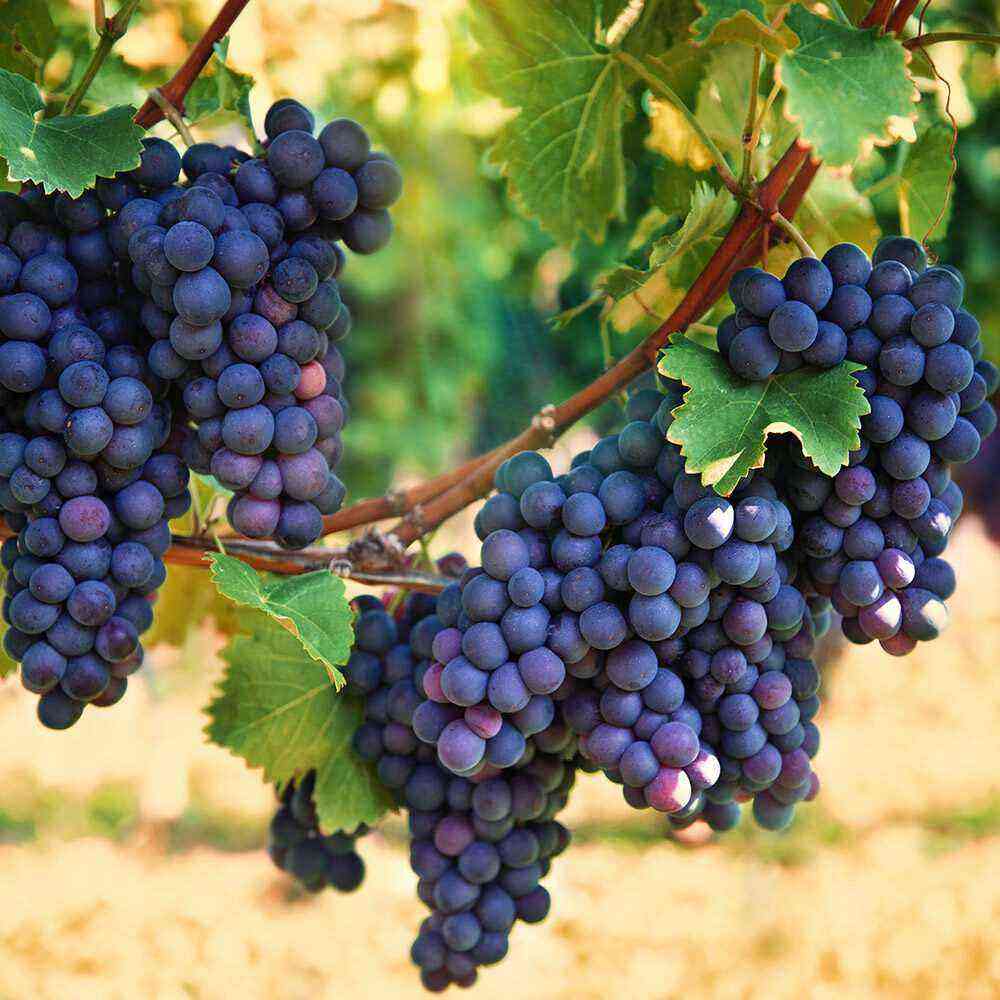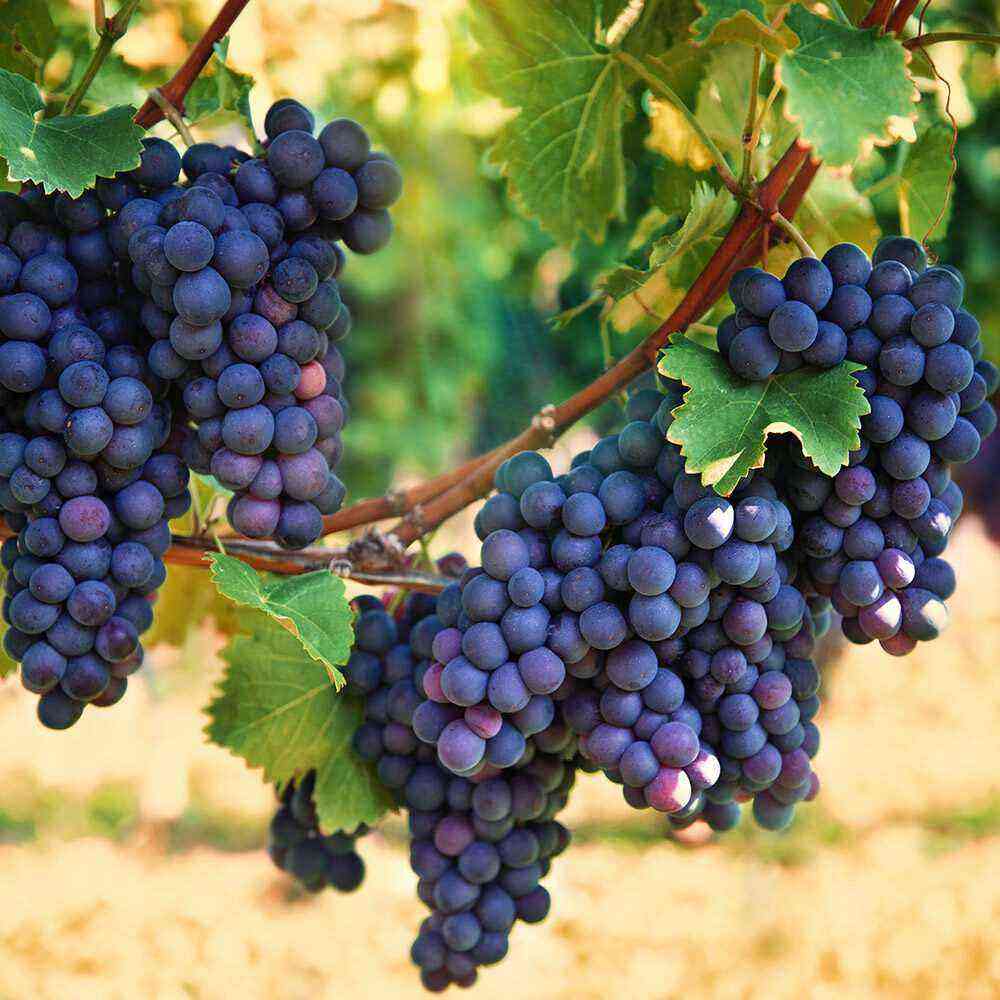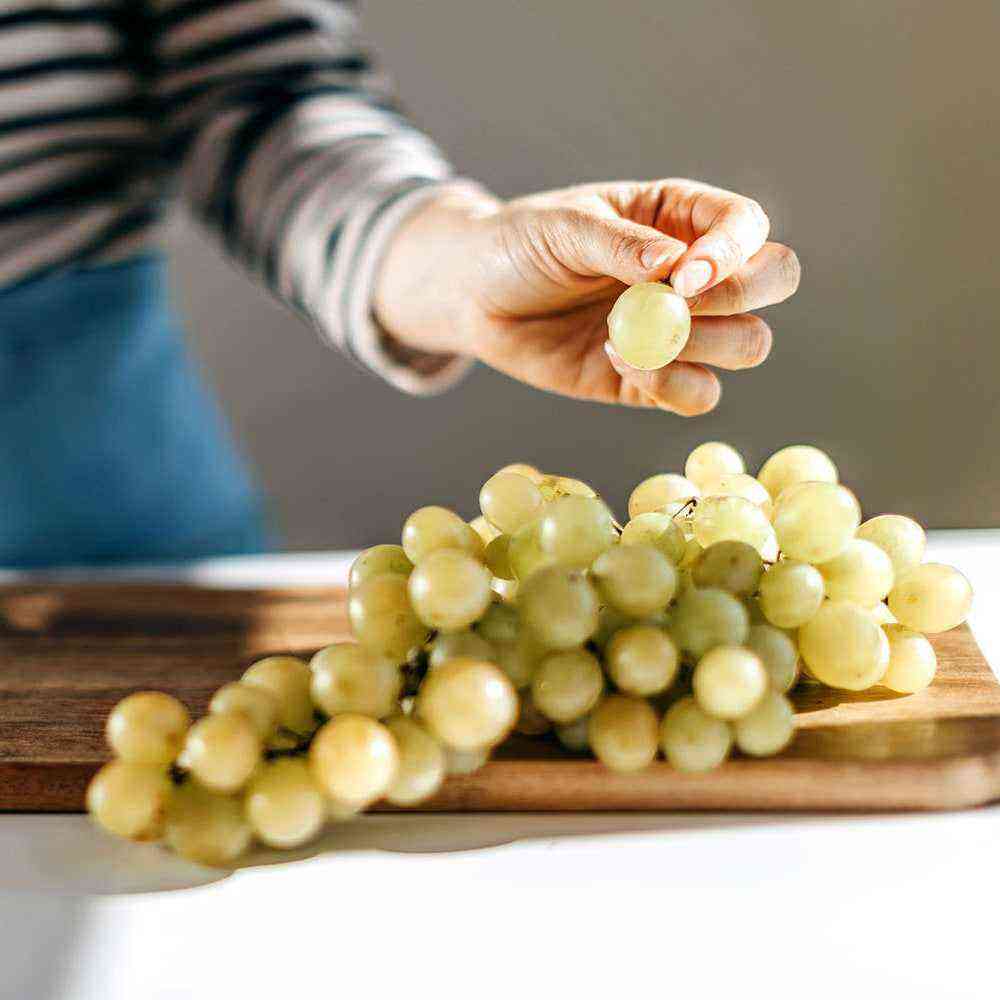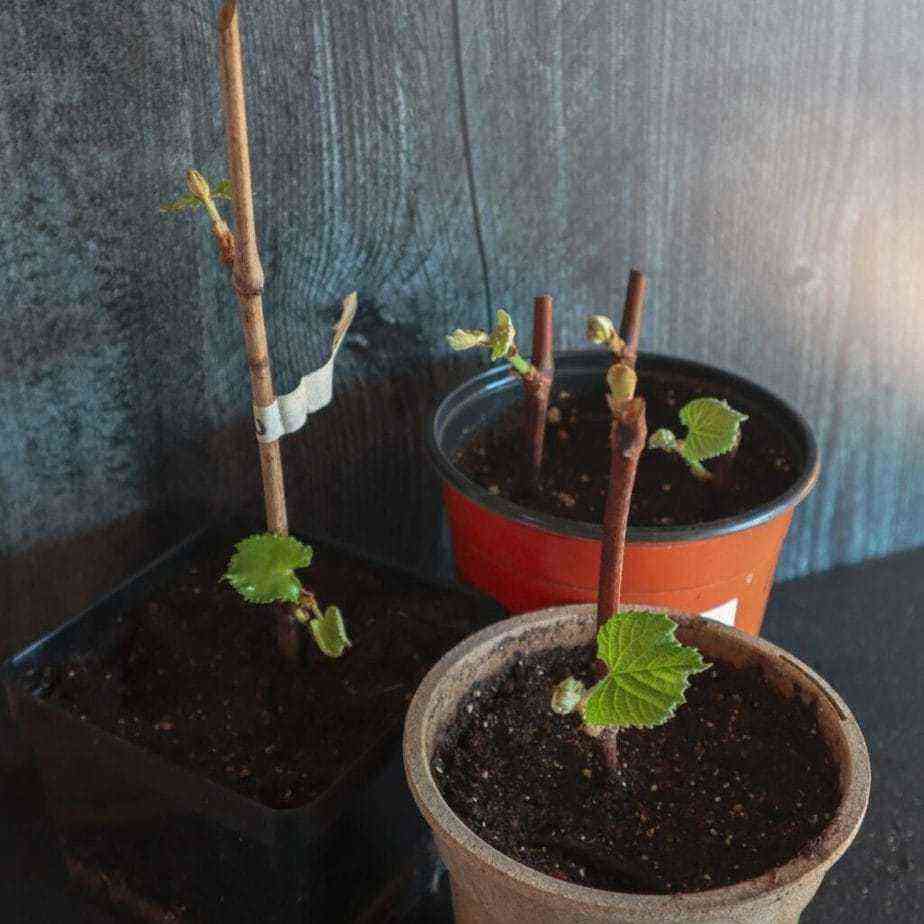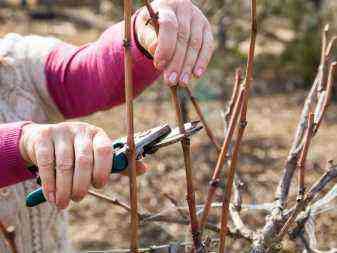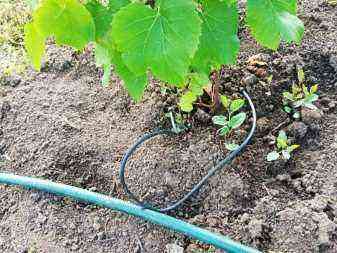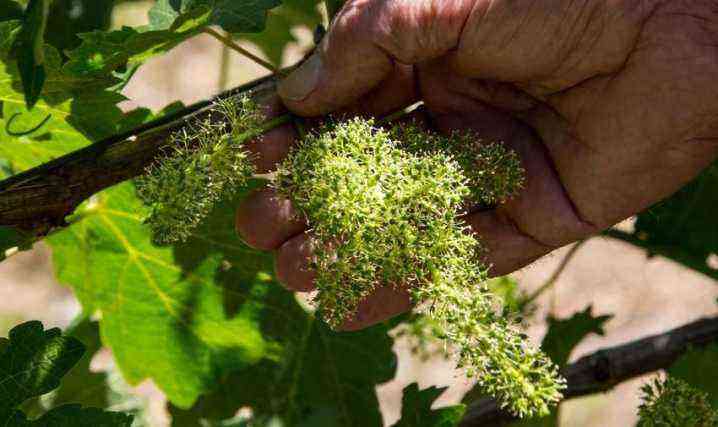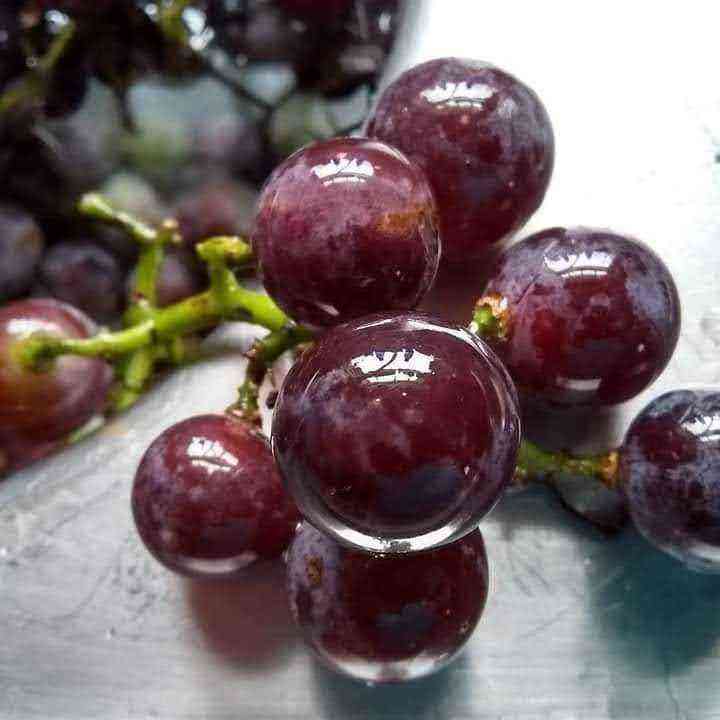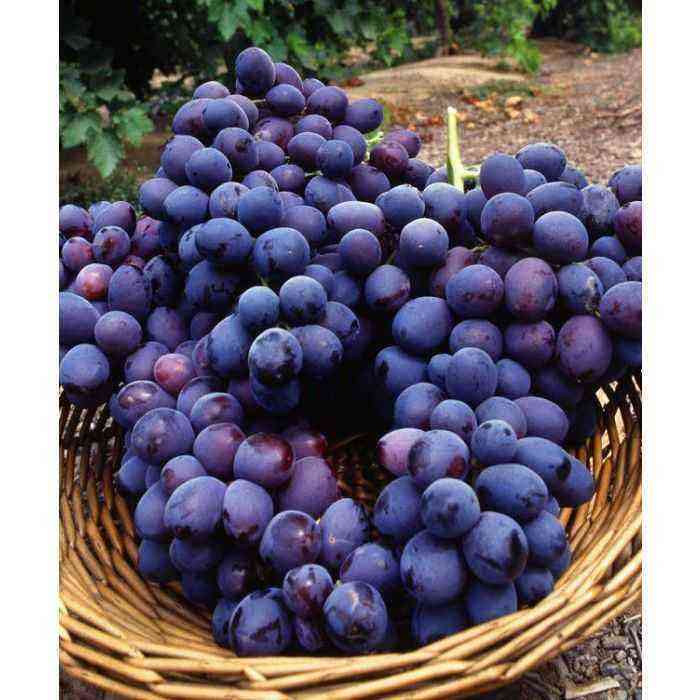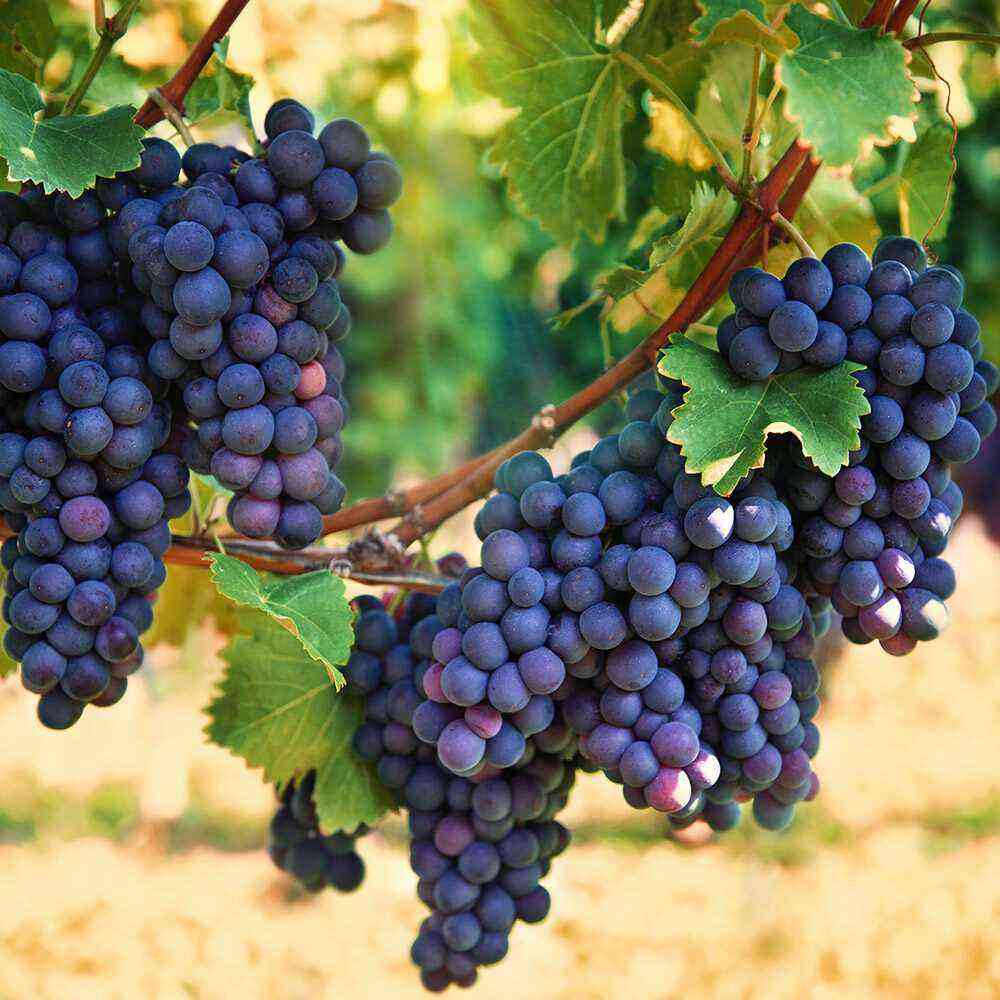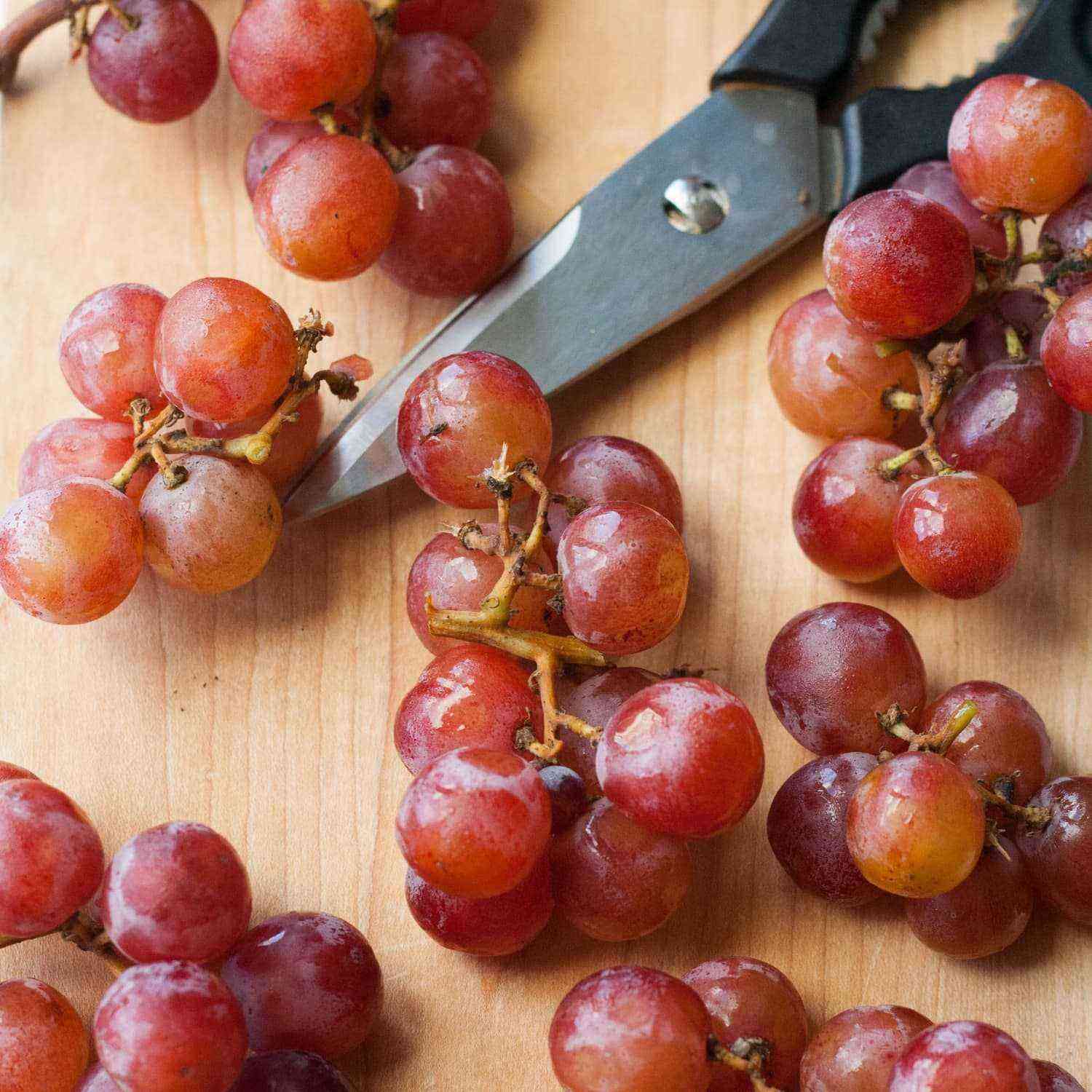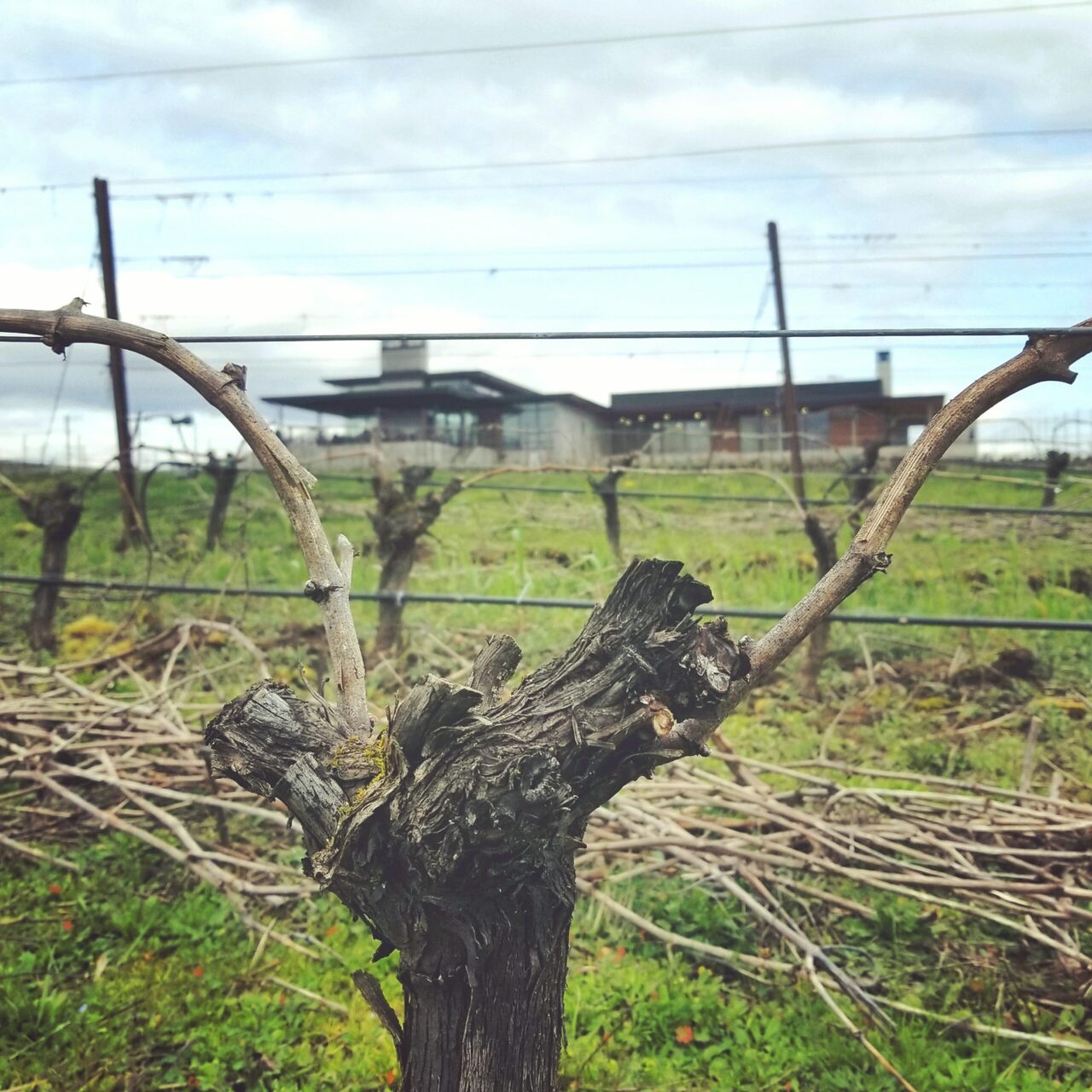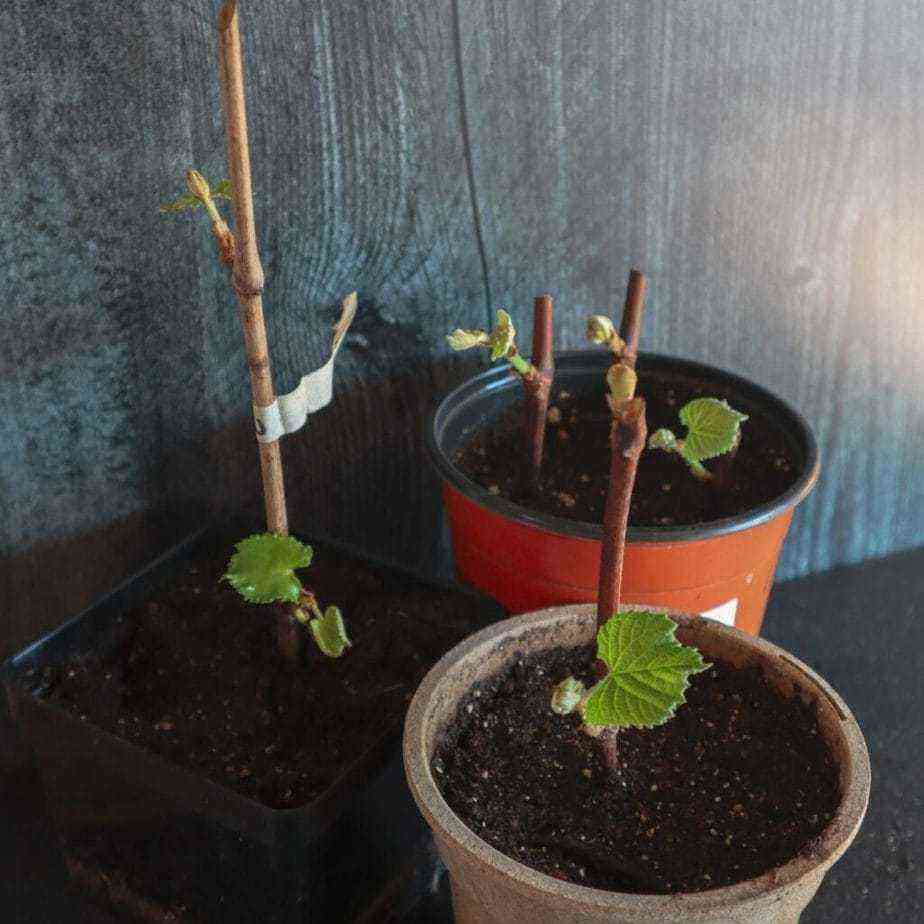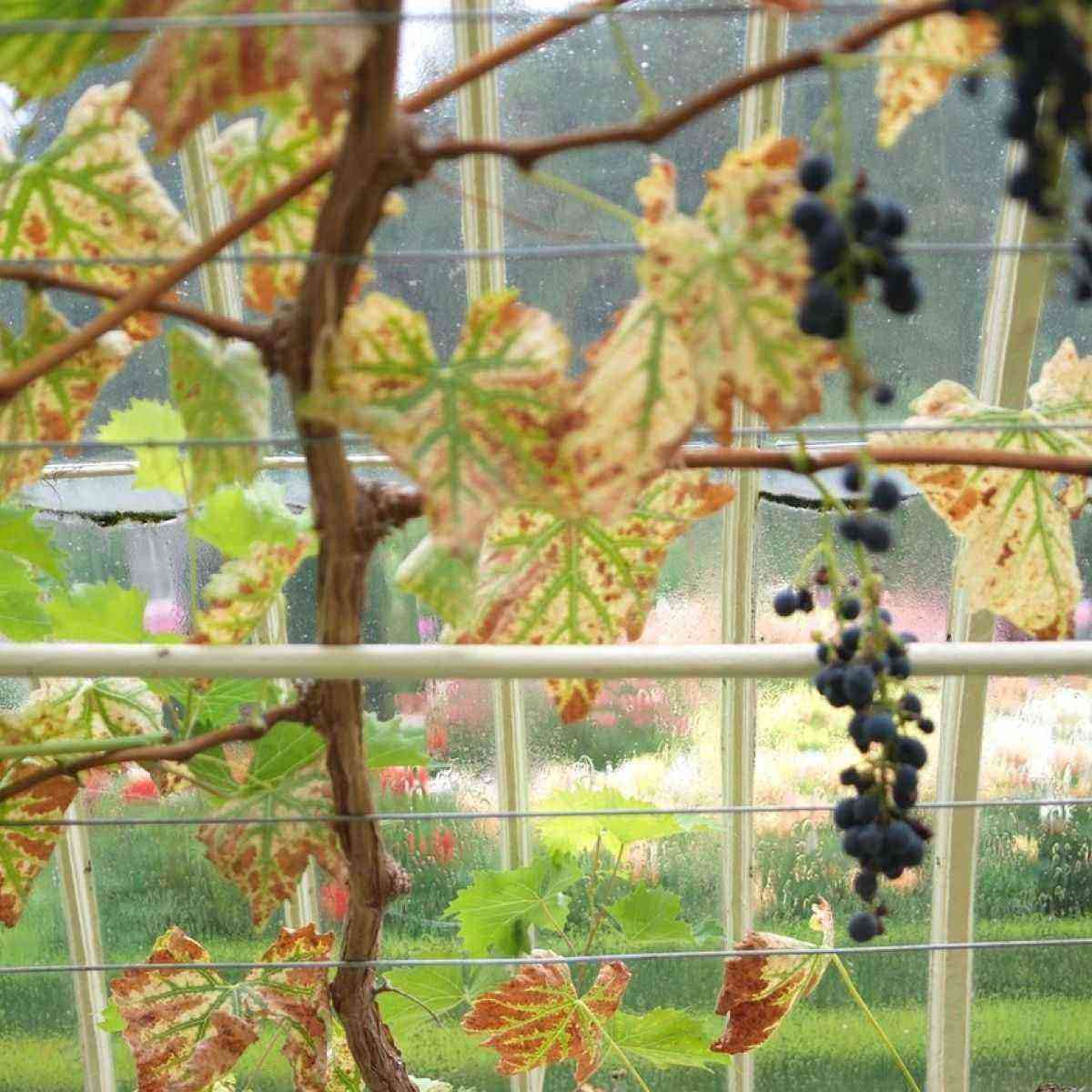At the beginning of the 30th century, virgin ivy, originally from Asia, became a fashionable attribute for decorating houses, gazebos and other buildings. Today we know this plant as parthenocissus. Currently, it is also an excellent option for decorating the facades of country houses and country house fences, creating a hedge. The vines of this plant can reach XNUMX meters and do not require painstaking care, and they are also very easy to propagate, mainly by cuttings. This makes ivy popular among summer residents and gardeners.

Features
Maiden or wild grapes, as mentioned above, do not require any special care. The plant is resistant to cold, and also has nothing against the absence of the sun and feels great in the shade. In winter, it does not need to be covered, and in the warm season, worry about diseases or parasites – grapes are very resistant to them.
The color of ivy leaves depends on the sun’s rays on them. Bright oranges and shades of red can be seen in grapes growing on the sunny side. The one in the shade has pale yellow leaves. Its fruits are painted dark blue, almost black, and serve more as an ornament and food for birds than a delicacy for humans.
Propagation of girlish grapes by cuttings is the easiest way. Cuttings are also the most efficient method of propagation.
If we talk about its productivity, then it is worth mentioning that the plant will be initially adapted to the specific conditions of your territory.
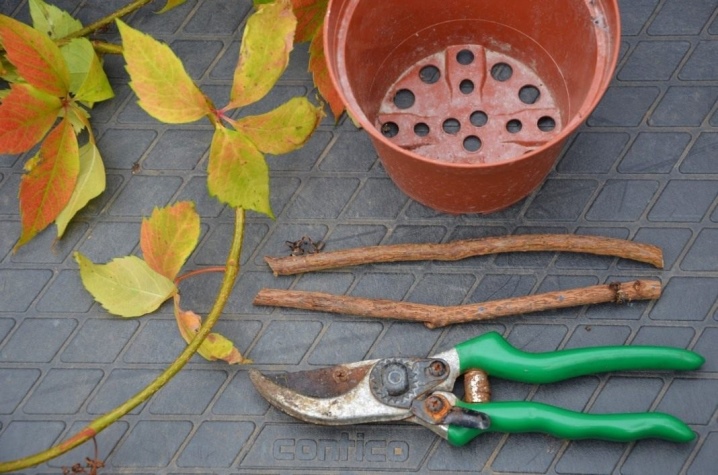
How to choose and cut cuttings?
Despite the simplicity of the cutting method, it is worth knowing some rules, following which will ensure the best growth of wild grapes in the future. Spring or the first month of summer are great for choosing and cutting cuttings. There should be 2-4 healthy buds on the vine, as well as antennae, only then is it suitable for cuttings. Pay attention to the thickness of the vine – it must be at least 5 mm. The length of the handle should be 25-30 cm, no less. The cut must be made at an angle of 45 °. Then you will not need additional growth stimulants, the cuttings will be strengthened without hindrance, and the result will not be long in coming.
Do not be upset if you did not have time to start breeding this plant in the spring. In summer and autumn, new green shoots grow, which can be cut and used as starting material. When cutting young shoots, it is imperative to capture part of last year’s vine. Make sure the soil is moist before cutting the cuttings.

How to root?
After the cuttings are cut, many gardeners and summer residents have a question about the correct, and most importantly, effective rooting. There are three ways to root wild grapes (it all depends on the circumstances and your preferences).
“Water” method, that is, rooted in water. This method is perfect if you did not have the opportunity to plant the source material in the ground.
The plant is so viable that it will take root in a container of water without any problems. However, these roots will be temporary, and other, permanent ones will appear in the soil.

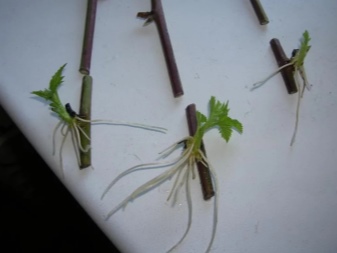
Landing (rooting) is carried out immediately in the ground. Despite the fact that this method will seem much easier – without additional steps and preparation, you should be attentive to the cuttings, do not forget about watering, look after the weeds, weed in time. Do all this until the roots of the plant are completely strong.
Finally, the last method is This is a landing in containers. This method can be used if you took cuttings in early spring or are going to plant grapes only next year. You need to take a container (any suitable container), fill it with oxidized peat soil and continue caring for the cuttings in the same way as for any other seedlings.
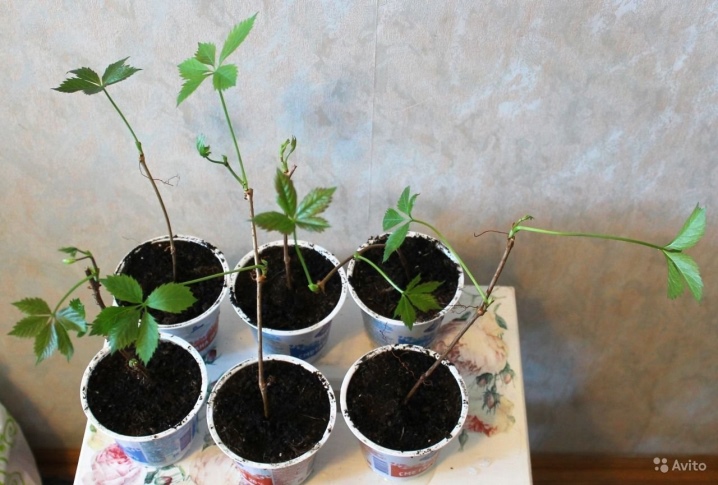
We will analyze the first two methods (in water and in land) in more detail.
In water
This method has its own nuances, which must be taken into account, otherwise the cuttings will not take root, and everything will be in vain.. First of all, you need to take a clean, well-washed container (jar, glass) in which girlish grapes will take root. The second point that you should pay attention to is the cut. A common reason for the absence of roots when rooting in water, even in such an unpretentious plant as wild grapes, is an uneven “damaged” cut. Water that has already had rooting of any plants is perfect. Such water is saturated with a natural root formation stimulator.
When the cuttings begin to take root, they produce certain substances, some of which pass into the water. Fill the cuttings with 1/3 water. The vine should stand in the water for two days. Then you need to prepare a container (any jar will do) for kilching. This is a pre-planting process in which swelling of the kidneys and the formation of roots occur. An optional step, but thanks to this approach, the rooting process will increase its effectiveness. Charcoal is placed at the bottom of the tank in order to subsequently change the water less often. After the coal should go a thick layer of cotton wool. It is necessary so that if you suddenly forgot to add water to the jar, the saturated cotton wool will save the cuttings from drying out.
Water should be 1,5-2 cm above the level of cotton wool. Before immersing the vine, it must be cut again after soaking in plain water. The kilcheva process lasts about a month. Water should be changed once a week, and its temperature should not exceed 24 ° C.
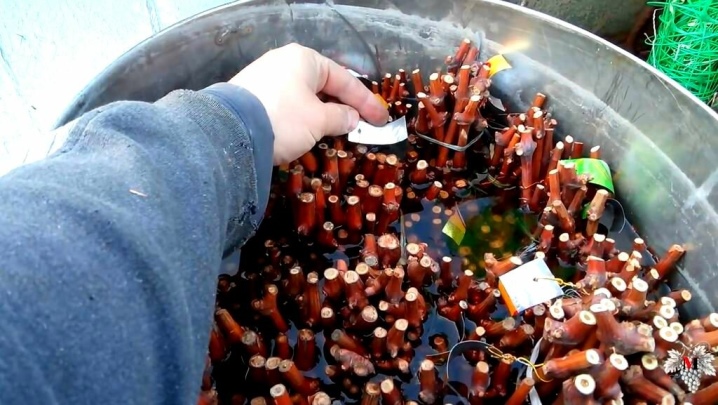
In the ground
Rooting in the ground is the best option. There are two ways here: make a bed for the cuttings, or immediately determine a permanent place. The second option is for you if you decide to create a hedge. In this case, the cuttings should be placed at a distance of 1,5-2 m from the fence line. As for the first option with a garden bed, you will have to tinker a lot, since, most likely, the roots and shoots will get tangled, which makes it difficult to separate them without damaging the roots.
The soil should be loose, then rooting will be much faster. And also you need to find a place where direct sunlight does not fall. The preparation of the hole in which the cutting will be planted is not much different from the preparation for an ordinary adult plant. Drainage is poured to the bottom, if necessary, sand or other substances that can improve the soil are added to the soil.
The cutting should be 7-10 cm immersed in the hole, at an angle. Then the hole with the handle is covered with earth and watered abundantly.
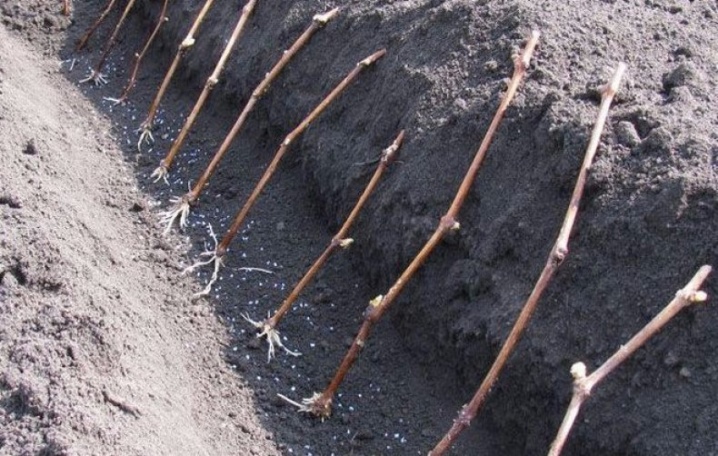
How to plant?
Planting girlish grapes is a simple process. It is worth focusing special attention on the place intended for the plant. When choosing a place, it is necessary to remember the strength of the vine, rapid growth (growth). If you decide to plant grapes along a wall that is plastered and has thermal insulation, then be prepared for the fact that the plant can positively affect the collapse of the plaster. If the grapes let their vine run over the roof, then under its weight the slate or tile may be damaged. Creepers of wild grapes easily braid everything in their path: ventilation, antennas, satellite dishes.
Optimal time for landing – spring or autumn. The plant is undemanding to the soil, the main thing is that it is not too acidic.
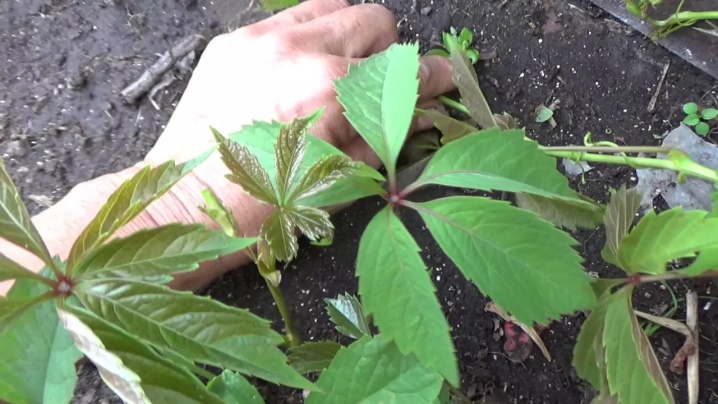
In the spring
Holes are made according to the size of the roots of the seedlings.
It is recommended to keep the interval between seedlings at 50-100 cm, it must be remembered that wild grapes grow quickly and densely. After planting, the plant must be watered. To retain moisture, it is recommended to add humus or compost to the surface of the soil. For wild grape vines, supports are very important. They need to be prepared in advance. As supports can be: lattices, frames, strong threads or wire.
When planting in the spring, wild grapes need top dressing from peat or nitrogen so that the vines develop faster and gain strength, and also do not get sick.
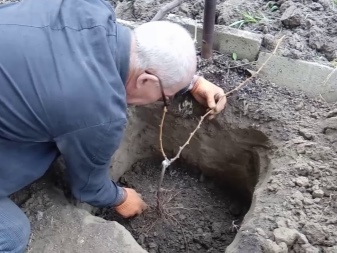
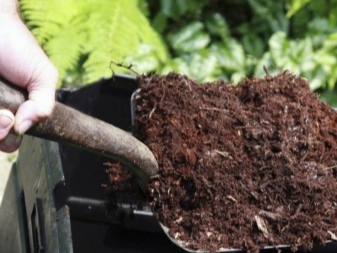
Lettom
Maiden grapes, although they are one of the most unpretentious plants, but still the presence of top dressing and fertilizer will lead to better results. In summer, care must be taken to ensure that the plant is saturated with mineral fertilizers (which should include potassium, phosphorus and nitrogen).
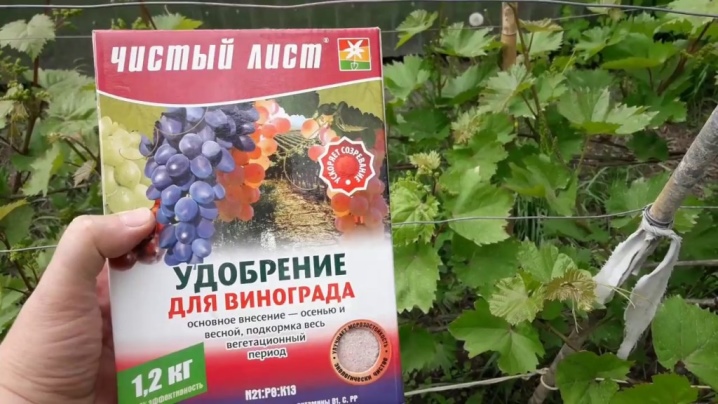
In the autumn
If you plant wild grapes in autumn, then remember about the mandatory feeding of the root system. To do this, you will need fertilizers saturated with phosphorus and potassium. They can be purchased at any specialized gardening store.
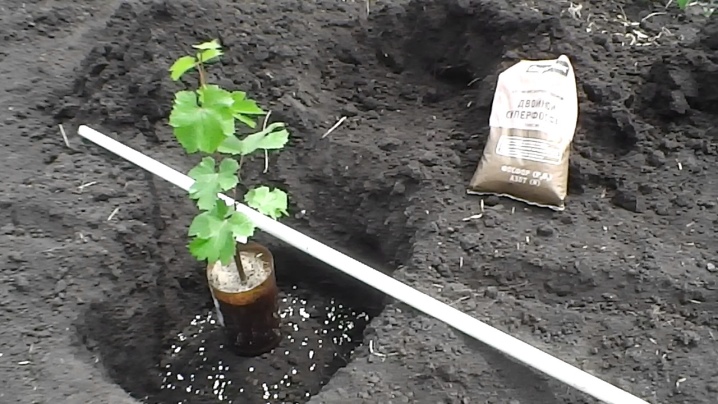
Useful Tips
To grow a strong bush that will produce the best fruits, you need to heed the advice of experts.
When planting grapes along the wallmade of concrete (slabs) or stone, it is necessary to install a reinforced mesh. Otherwise, the vine will easily damage the fence.
Despite the fact that the plant is not attacked by diseases, it is worth keeping an eye on the crown. Lush foliage promotes the development of the fungus, thin it out in time.
In the first year of growth wild grapes need to be watered regularly and in subsequent years – to correct and direct the shoots. Do not forget about the garter of the vine.
To speed up the growth process, it is necessary to alternate fertilizers: mineral with organic.
Do not transplant a plant that is more than 2 years old, since it will disrupt the branching process, and it will be necessary to re-form the growth of the vine.
Young grapes should be tied with a soft rope, after a couple of years the need for it will disappear, and the plant itself will be able to cling to the fence, fence, facade and other support.
When choosing a cutting, you need to bend it, if you hear a crack, then the cutting is ideal for rooting, and it will make an excellent seedling.
When the root protrudes to the surface of the earth it must be immediately covered with soil and spud, so as not to damage.
In the first year of “wintering” it is better to cover girlish grapes with leaves, in subsequent years, it is no longer necessary to protect the plant from frost.
